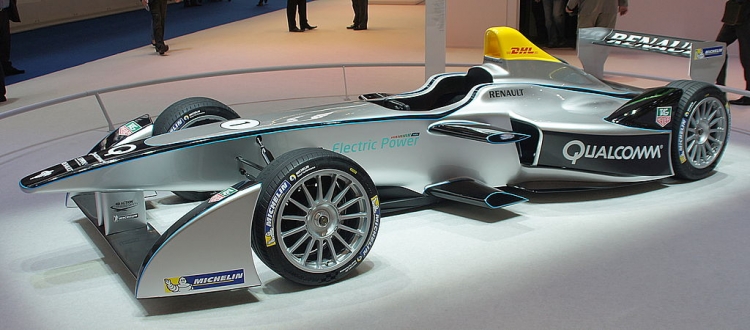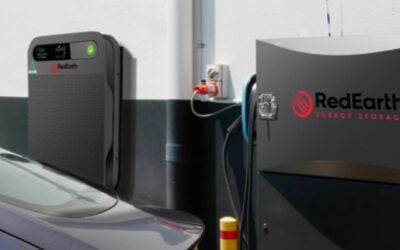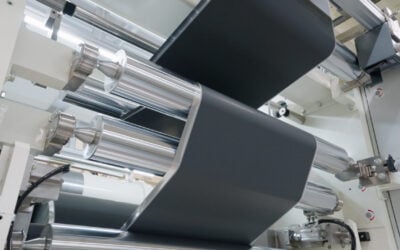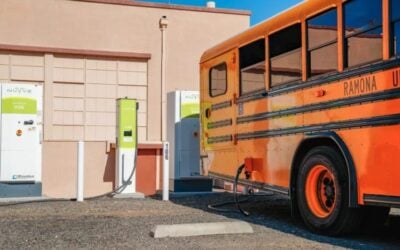
Car manufacturer Renault has created a new energy subsidiary which will create smart charging networks, explore vehicle-to-grid (V2G) solutions and utilise second-life EV batteries for stationary energy storage projects.
The French company, which makes electric vehicle (EV) models including the ZOE city car and TWIZY two-seater ranges, announced the creation of Renault Energy Services on Monday. Renault said the new company will function “like a start-up” and will give the company an “active presence in the energy and smart grid sectors”, which it sees as a core element of the uptake of electric mobility.
The Energy Services subsidiary will seek out partnerships and collaborations with players in the energy sector, with the aim of investing in a variety of smart grid projects internationally. Its initial areas of focus will be smart charging solutions for EVs, V2G and second-life batteries.
Renault says that smarter charging networks for electric cars will be able to make real-time adjustments in response to supply and demand metrics, allowing for more efficient management of resources. Increased data exchange and communications will be the heart of these smarter networks, Renault said.
Try Premium for just $1
- Full premium access for the first month at only $1
- Converts to an annual rate after 30 days unless cancelled
- Cancel anytime during the trial period
Premium Benefits
- Expert industry analysis and interviews
- Digital access to PV Tech Power journal
- Exclusive event discounts
Or get the full Premium subscription right away
Or continue reading this article for free
With smart charging, batteries get charged when supply of electricity exceeds demand, picking the cheapest, non-peak times to charge and optimising the use of renewable energy. Conversely, V2G is most useful when the electricity network is experiencing peaks in demand, supplying power back to the grid from vehicles, when those vehicles are idling at home or at a charging station.
As for the use of second-life, repurposed EV batteries in stationary energy storage systems, they can either be lithium batteries that have actually been used once in vehicles, or simply used for stationary storage instead of going into an EV at all. Renault claims that even after use for mobility, EV batteries can store a “significant amount of energy”. The carmaker claims it will be able to service energy storage needs at all scales from households to offices, factories and public buildings such as schools and apartment blocks in the commercial and industrial (C&I) sector and of course, EV charging.
Auto industry turning to smart energy and storage en masse
The creation of the subsidiary follows similar moves by other automakers to join the dots between EVs, energy storage and the smart grids of the future. Some, like Mercedes-Benz, have launched entirely separate product ranges for energy storage systems, while others like Nissan have mostly focused on finding second-lives for their electric car batteries in stationary energy storage or V2G projects and trials. A few days ago Nissan announced that it will be selling a V2G offering for private customers buying the latest LEAF EVs from January 2018 in conjunction with gas and electricity supplier OVO Energy, in what the two companies called a “real-life demonstrator of circular economy-driven design”.
Renault has itself already dabbled in these fields through its existing business divisions, including a deal to provide second-life batteries to UK energy storage manufacturer Powervault and projects for smart charging stations in Germany and Belgium with another British company, integrated storage provider Connected Energy.





